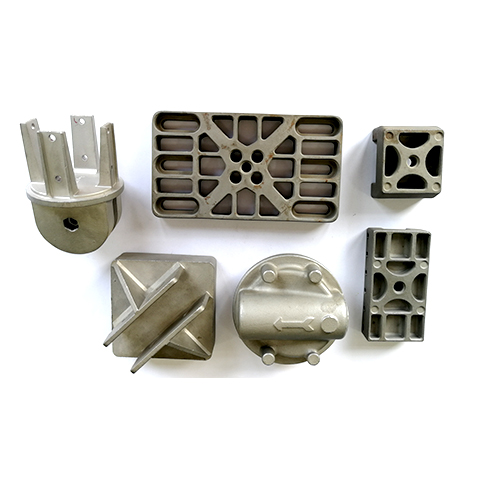Causes and preventive measures of sand sticking in precision casting
Reasons for sand sticking in precision casting:
1. The baking temperature of the sand mold and core is too high.
In order to prevent the formation of air holes, the processing technology stipulates that the sand mold and core should be baked for 1\/2.h within the range of 120 and 150 degrees Celsius. In addition, due to the complicated structure of some sand cores, excessive baking temperature will cause the sand core to crack during pouring. Liquid aluminum can easily penetrate into the gaps, causing sand sticking defects in precision casting. Therefore, the sand mold, core, and baking temperature should not be too high.
2. No encrustation link is set up
As a professional technician, there is no doubt that precision casting uses self-hardening epoxy resin sand molds for gravity casting and liquid aluminum to fill the crystals under high working pressure. The surface aluminum liquid can easily penetrate into the sand core, causing adhesion inside the workpiece. Sand defects. Therefore, the importance of the watch case is obvious. It can also avoid increasing the penetration of aluminum liquid into the sand mold, core mold and interior, thereby achieving the purpose of preventing sand sticking.
3. The recycled sand content is relatively high.
The content and mass concentration of recycled sand in the molding sand is 60%. Due to the cumbersome structure of the sand core, during the entire process of baking and pouring, due to the influence of residual epoxy resin, it is easy to crack when heated. During pouring, the aluminum liquid is easily Penetrates into the gaps and causes sand sticking defects in the workpiece.
4. Unscientific structure
The sand-sticking bottom of the core box needs to pass through a narrow sand-sticking area, which is not easy to reach with hands and special tools. The sand is too loose, the chip contour is incomplete, and the gaps between sand grains are large, resulting in the disadvantage of sand-sticking.
Measures to prevent sand sticking in precision casting:
1. Under mold matching conditions, apply paint evenly to areas prone to sand sticking.
2. For locations prone to sand sticking, use spring sand. If necessary, you can also use sand with improved high temperature resistance, such as chromite sand, zircon sand, etc.
3. Moderately lower the pouring temperature, increase the pouring speed, and reduce the thermodynamic and biochemical effects of molten metal on the sand mold.
4. Choose coatings that will not crack or sinter into molten holes under sustained high temperatures.
5. Use refractory sand to improve the fire resistance of the core sand. The higher the pouring temperature of stainless steel castings and the thicker the wall thickness, the higher the requirements for the SiO2 content (content above 96%) in the original sand.


